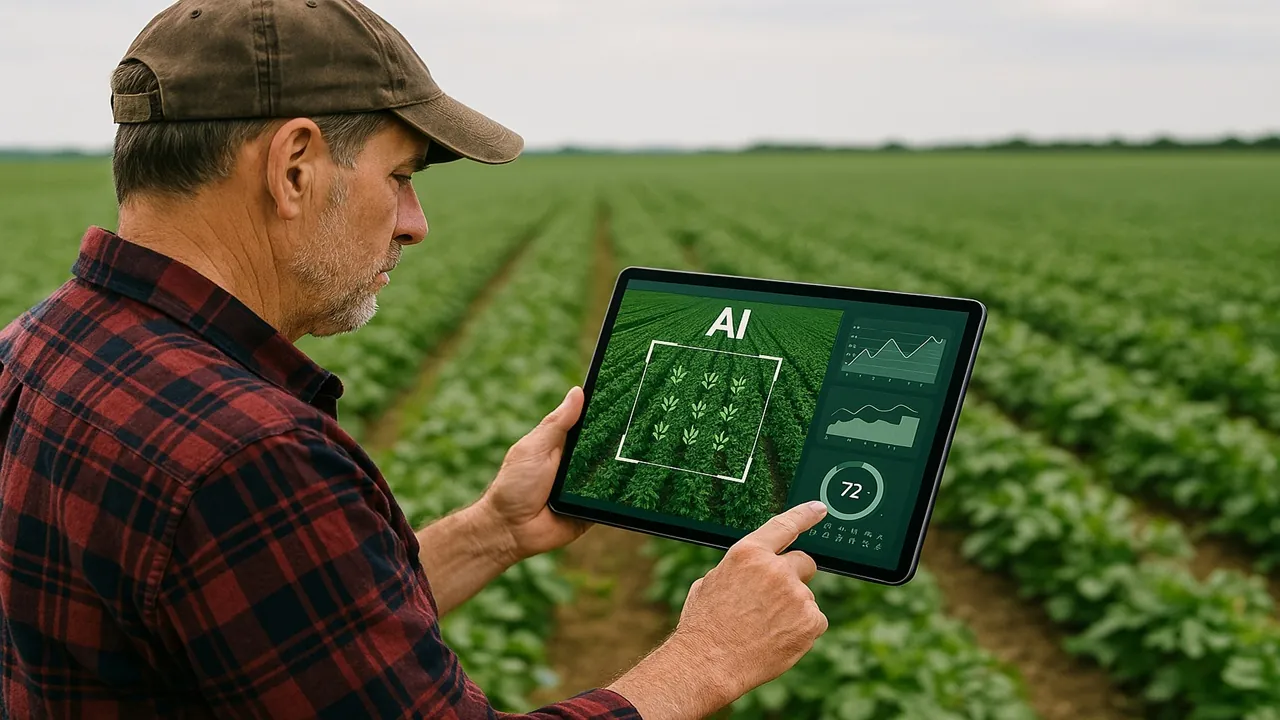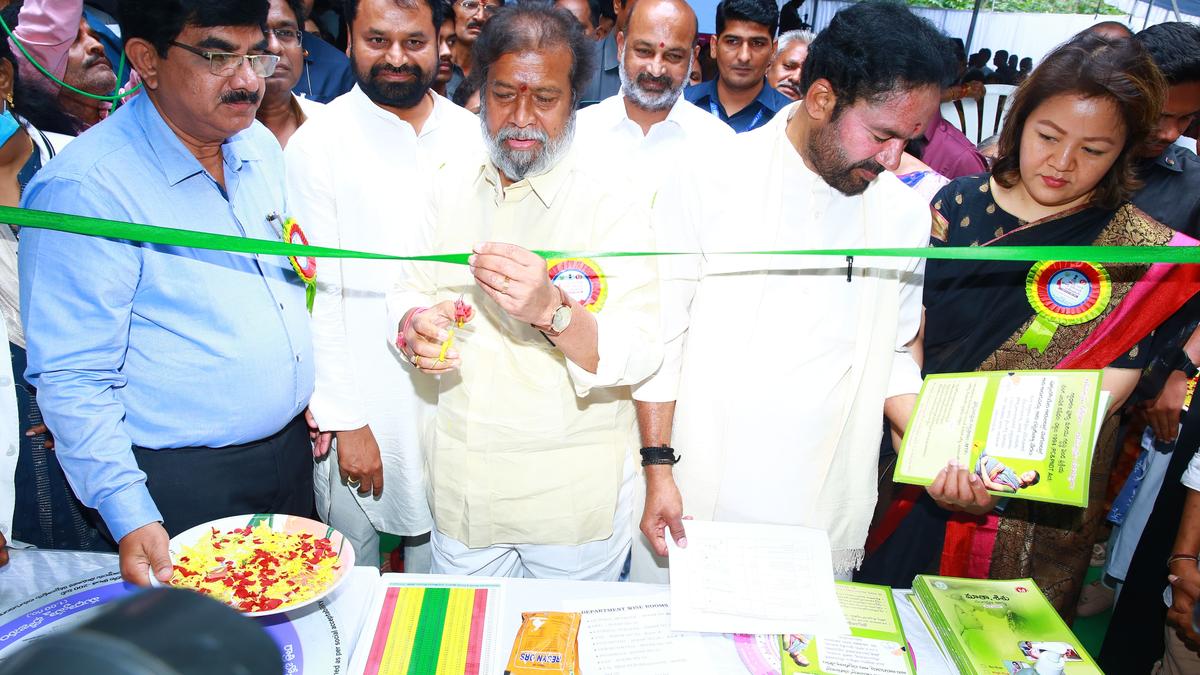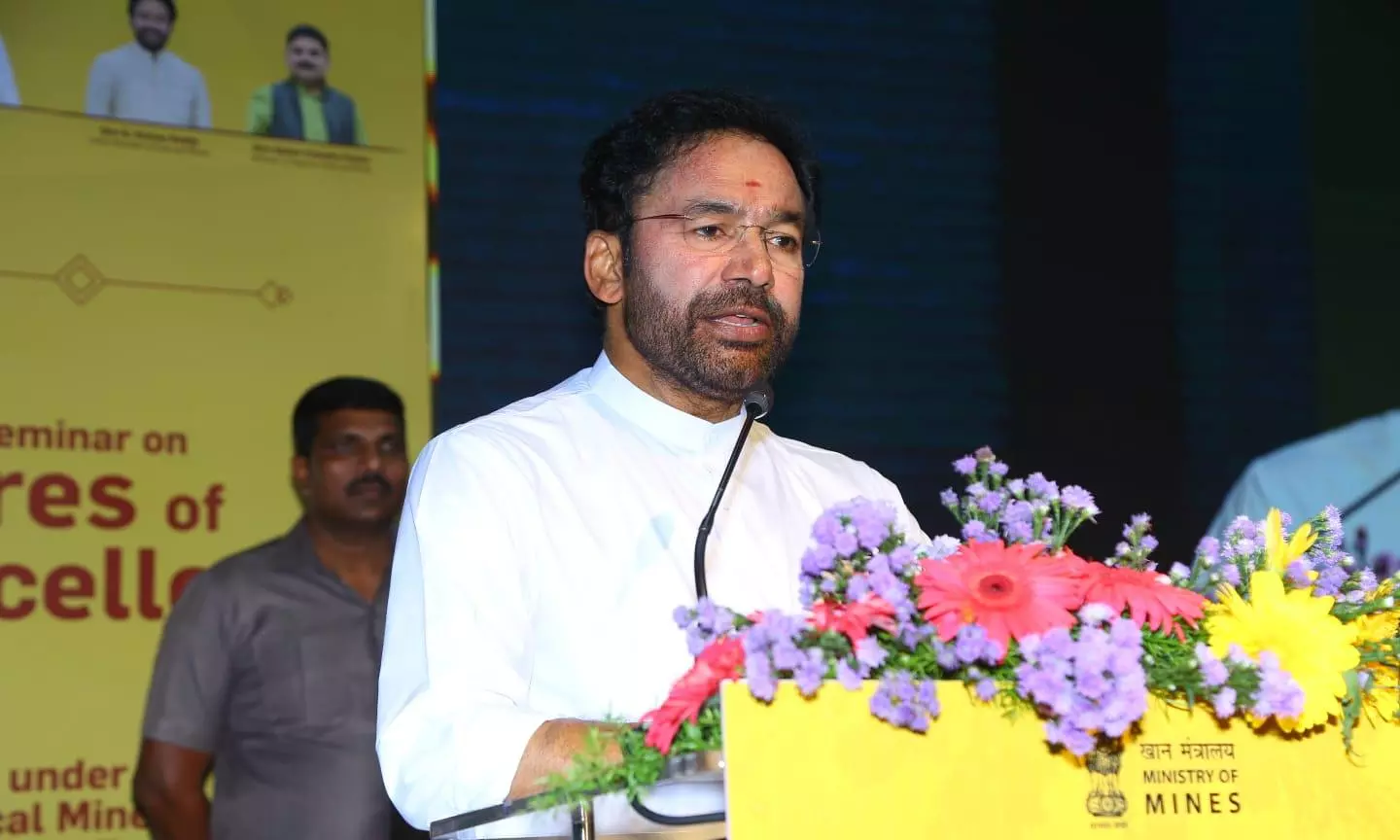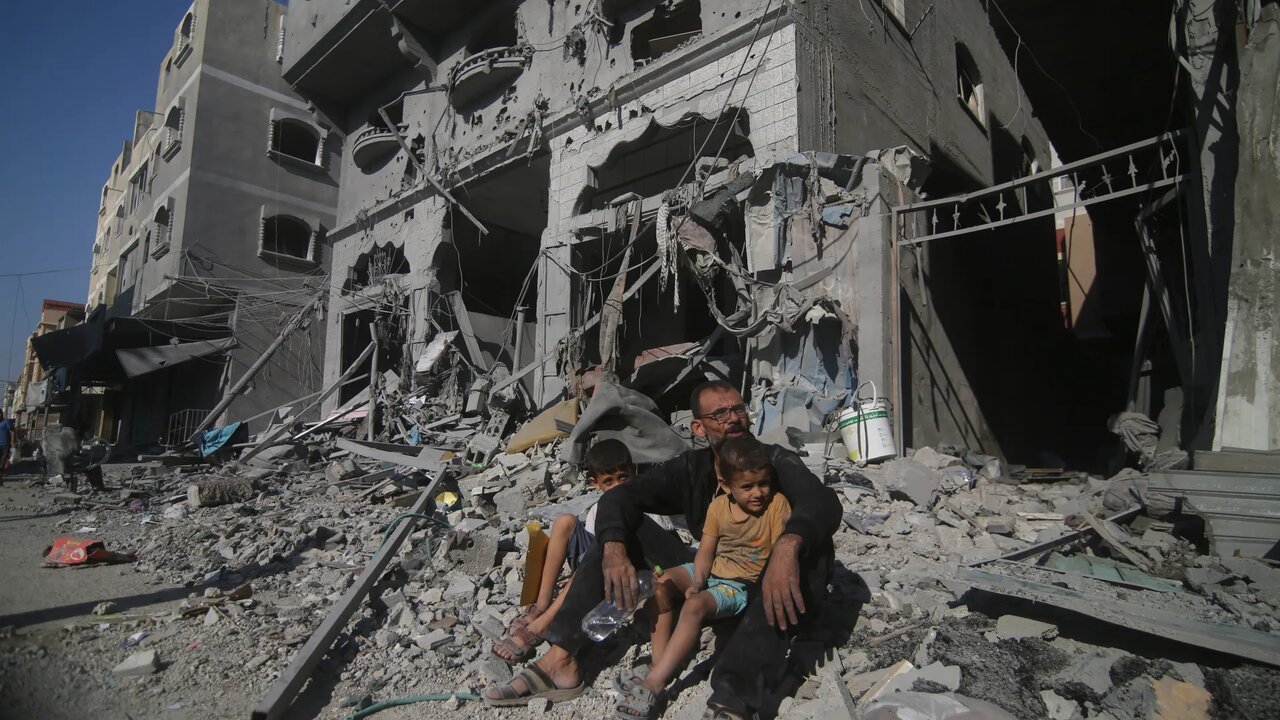By Tribune Online
Copyright tribuneonlineng

As the world’s population hurtles toward 10 billion, a haunting question echoes: Will there be enough food for everyone? Food security has become the hottest issue across the world.
With climate change, population growth, pests, and supply-chain disruptions all piling up, countries are scrambling for tools to ensure enough food for everyone. However, AI (artificial intelligence) is one of those tools that some countries are already using in serious creative ways.
Countries like Kenya, Nigeria, India, China, Brazil, Israel, Senegal, Ghana, the Middle East & North Africa, and Tanzania are at the forefront of leveraging AI for food security.
Kenya is pushing hard into AI applications in agricultural disease detection, yield prediction, soil analysis, precision irrigation, and supply chain logistics.
Virtual Agronomist and PlantVillage Nuru tools help farmers in Kericho and other counties identify pests and diseases, suggest optimal fertilizer use, and improve crop health. For example, one farmer nearly tripled coffee yield by following AI-guided fertilizer advice instead of guesswork.
Also, UjuziKilimo’s SoilPal is another device in Kenya giving real-time soil readings (moisture, nutrients, pH). Over tens of thousands of farmers reportedly saw yield improvements of 40%.
Nigeria has begun tapping into AI, geospatial analytics, and satellite imagery to ramp up food production.
The Vice President, Senator Kashim Shettima, recently announced the deployment of climate intelligence systems, satellite data for soil moisture monitoring, and real-time alerts to farmers.
Startups like Kitovu use satellite data to monitor soil and crop health; they combine that with tailored advice to reduce input costs for farmers.
India is among the forefront in adopting digital agriculture strategies involving AI for advisory services, pest control, yield forecasts, and water optimization, among others.
In states like Maharashtra and Andhra Pradesh, governments are building AI-driven platforms to send pest/disease alerts, predict yields, and distribute subsidies digitally.
Startups like Cropin use satellite imagery and weather forecasts to help farmers decide when to plant, irrigate, and harvest. The tools reduced input waste and improved yield.
China is rolling out a five-year smart farming plan (2024-2028) with a digital planting tech framework and a national agricultural big data platform. AI, GPS, and big data in fields, animal husbandry, and fisheries to enhance efficiency and yields.
Smart Agriculture Competition encourages innovators to build greenhouses, data-driven tools, and sustainability. Integrating many sectors, such as crops, livestock, and fisheries, can give more holistic improvement in food security.
Brazil is using AI and satellite imagery for sustainable intensification of agriculture, improving monitoring of land use, crop systems, and optimizing for climate resilience.
The Embrapa, Brazil’s national research agency, built models that recognize various cropping systems for integrated crop-livestock using machine learning and satellite images. This helps assess adoption and environmental impacts.
A project titled “Transforming Brazil’s Agrifood System” Program, with an estimated budget of US$1.6 billion, aims to boost productivity, access to markets, natural resource management, and climate resilience for family farmers across 12 states, according to the World Bank.
Israel has long been a leader in precision irrigation, fertile tech, and climate-smart farming; recent tools scale that even further.
Phytech’s AI-based platform in Israel uses sensors in orchards/fields to give real-time irrigation and fertilization advice. It’s deployed across many farms globally (over 400,000 acres).
Furthermore, the country has Israeli tech for greenhouses that controls climate (light, humidity, temperature) to maximize yields while minimizing water and fertilizer use.
Senegal is using AI, satellite images, and local language tools to help farmers manage fields better and forecast yields to reduce losses.
For example, TOLBI AI, a project in Senegal, aims to provide smart, sustainable farming tools, yield forecasts, optimized inputs, and cut post-harvest losses by 60–80%. It hopes to serve many farmers across Senegal and beyond. And reducing post-harvest losses sometimes gives bigger returns than just boosting yield.
Ghana is among the major countries using AI in Agriculture. The country is experimenting with drones, crop disease identification, and data-centric ML for stability in yields.
In the Afram Plains District, drones using AI help with aerial spraying, surveying, and watering. Farmers spot infestations earlier and act faster.
Also, the country has a CADI AI project for cashew disease identification using drone data, ML with localized datasets, and a desktop app for farmers.
9. Middle East & North Africa (MENA region)
Countries in this region are using AI to address challenges of water scarcity, desert climate, and high import dependence. Tools include AI-controlled greenhouses, pollination monitoring, and market platforms are being used to help conserve inputs.
Kilimo, an Argentina-origin but used in many Latin American and Caribbean countries, and also inspiring in MENA, uses AI, satellite, and weather data to help farmers optimize irrigation and water usage by up to 20%.
Similarly, Tunisia’s Beekeeper Tech monitors bee health using tech, and Saudi Arabia’s Red Sea Farms uses AI to manage greenhouse parameters.
10. Tanzania
In Tanzania, AI, Internet of Things (IoT), and satellite data are being deployed to forecast yields and give weather/soil insights. It helps smallholder farmers plan better.
A project funded by AI4D in Tanzania: “Enhancing farm-scale crop yield prediction using ML for Internet of Agro-Things.” It uses satellite vegetation indices, climate data, etc., to give early and end-of-season yield predictions, tailored to different crops/regions.
Why countries using AI to boost food security matters
Using AI for food security is not just about fancy tech; it encompasses foresight and decision-making. For governments, researchers, and farmers to benefit, solutions need to be accurate, locally relevant, transparent, and scalable.
By 2050, the world’s population is expected to hit nearly 10 billion. Without smarter systems, traditional farming methods can’t keep pace. AI helps countries predict yields, optimize planting, and reduce waste.
Countries using AI to boost food security are not just an imagination or futuristic expectations; it is happening right now. Whether in Kenya, India, Brazil, Nigeria, Ghana, and beyond, AI is helping with faster pest detection, smarter irrigation, better forecasting, and reduced wastage.



